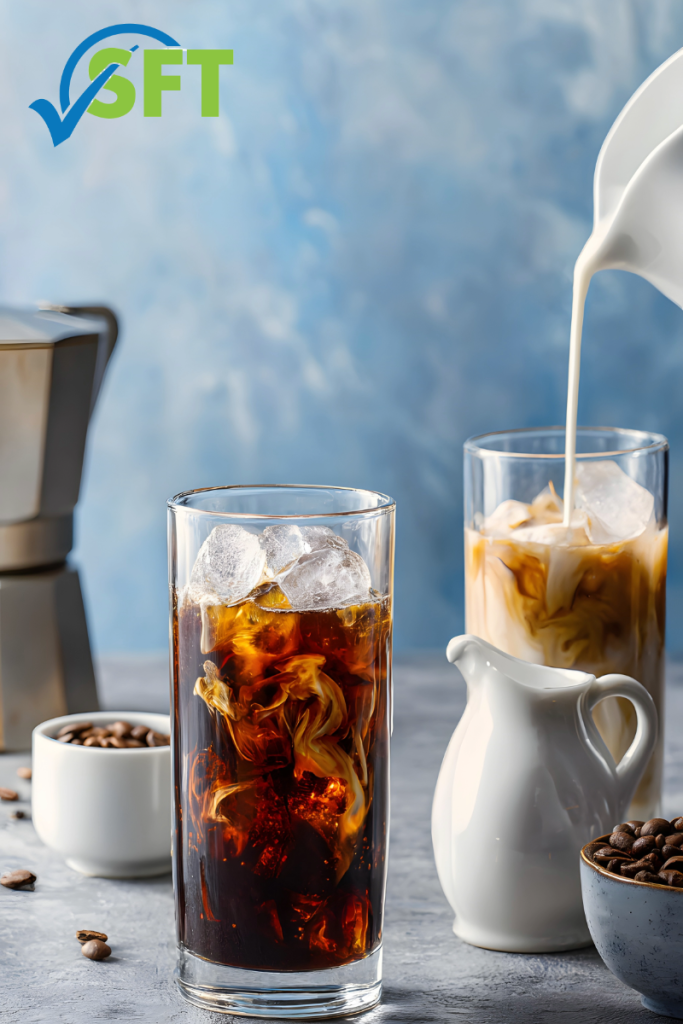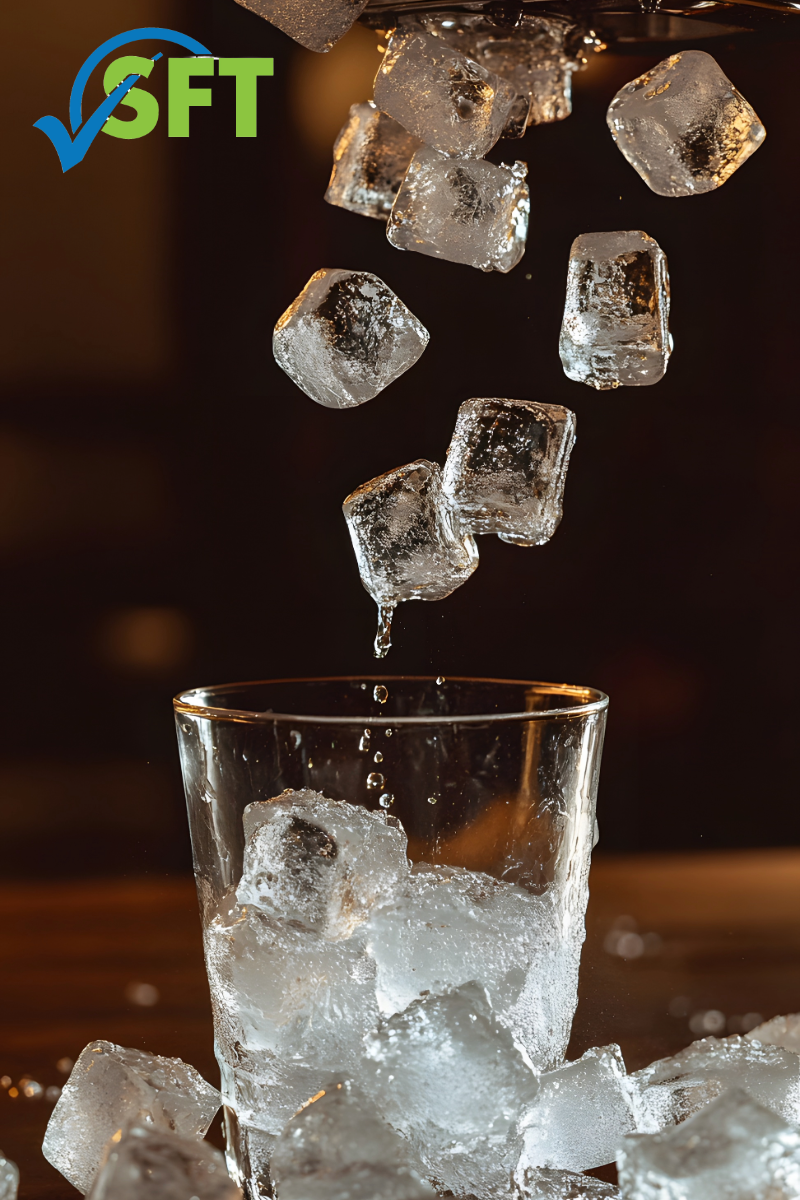
As a food safety professional, you monitor temperatures and enforce handwashing, but what about the silent partner in nearly every beverage served? For certified food protection managers in Minnesota, overlooking the cleanliness of your ice machine can lead to significant health risks and tarnish a hard-earned reputation. The presence of ice machine mold isn’t just an unsightly nuisance; it’s a critical food safety failure.
Identifying the Unseen Enemy: More Than Just Grime
The first step in combating ice machine mold is knowing how to spot it. Because the internal components of an ice machine are often out of sight, a problem can develop long before it becomes obvious. This isn’t just a theoretical problem; it’s happening right here in our community. For instance, a recent KARE 11 report highlighted that major Minneapolis sports venues were cited for mold and biofilm buildup in their ice machines. These local examples underscore how easily this issue can arise even in high-profile establishments, making vigilant oversight essential.
It’s crucial to understand why this is such a critical issue. The Food and Drug Administration (FDA) classifies ice as food and requires it to be handled with the same care and sanitation standards as other edible products. When mold, slime, and other bacteria are allowed to fester in the dark, damp environment of an ice machine, they can directly contaminate the ice your customers consume. This exposure can trigger allergic reactions and asthma attacks, and more alarmingly, contaminated ice has been directly linked to foodborne illness outbreaks like norovirus.
- Visual Inspection: Make it a routine practice to inspect the interior of your ice machines with a flashlight. Look for black, green, or pinkish slime and discoloration on all surfaces, including the evaporator, dispenser, and storage bin.
- Customer Complaints: Pay close attention to any feedback regarding “off-tasting” or malodorous beverages. While not always the case, this can sometimes be an indicator of contaminated ice.
- Staff Awareness: Train your staff to recognize the early signs of mold and to understand that the ice scoop and bin are food-contact surfaces requiring stringent hygiene. The handle of an ice scoop should never come into contact with the ice itself.
The Safe Food Training Solution



Protecting your customers and your business from the dangers of ice machine mold requires more than just awareness; it demands a commitment to ongoing education and best practices. Understanding the why behind the cleaning protocols empowers your team to take food safety seriously. It transforms a tedious task into a critical measure for public health protection.
At Safe Food Training, we specialize in providing personalized and effective food safety education that addresses the real-world challenges you face. Our courses are designed to reinforce the importance of every aspect of food safety, from the obvious to the often-overlooked dangers, such as a contaminated ice supply.
Don’t let ice machine mold compromise the safety and integrity of your operation. If you and your team are looking to renew your certifications or enhance your understanding of Minnesota’s food safety standards, our expert-led, instructor-led options provide the convenient and comprehensive training you need.
Visit Safe Food Training today to schedule your next session and ensure your establishment is a model of safety, from the first ingredient to the last ice cube.

